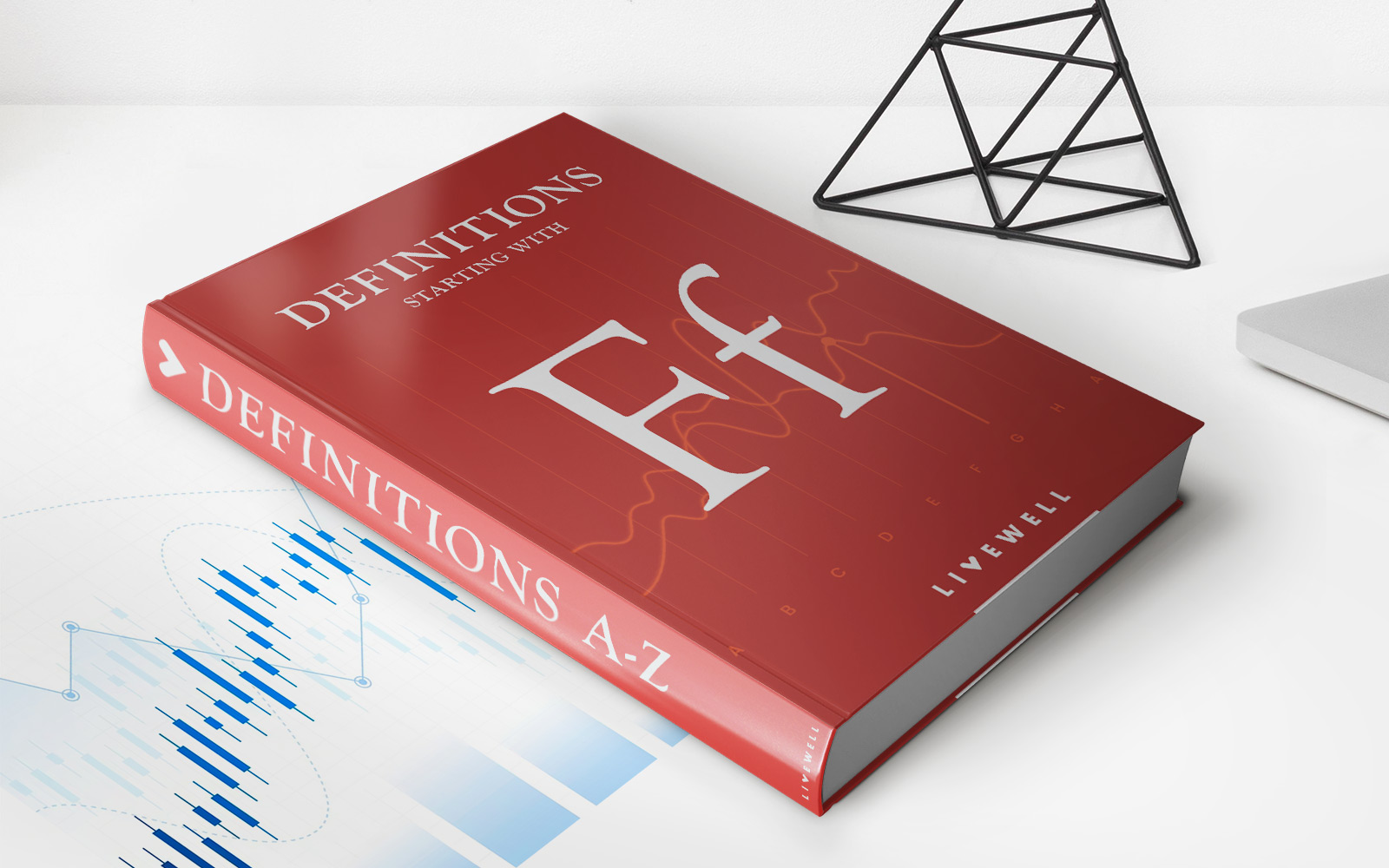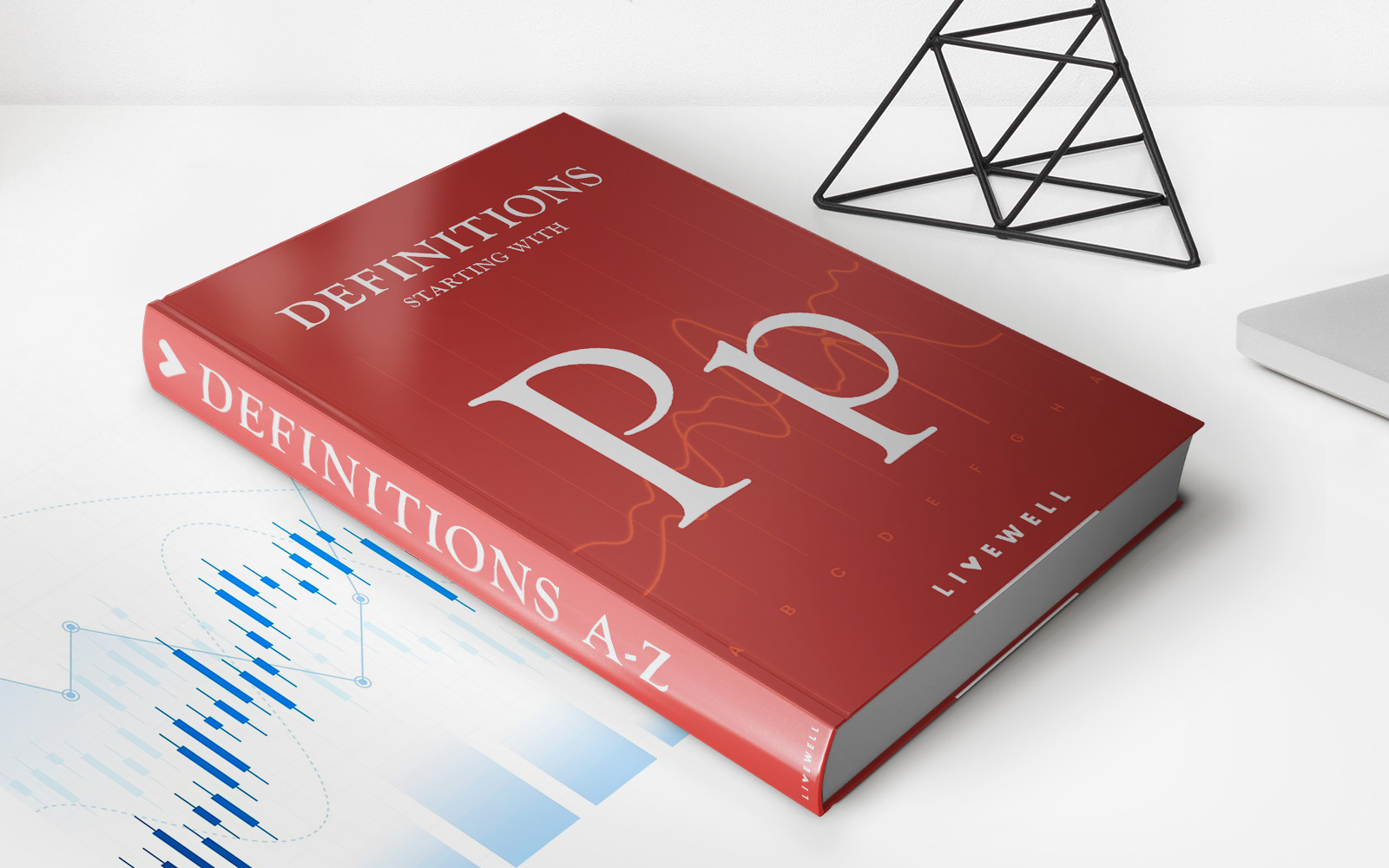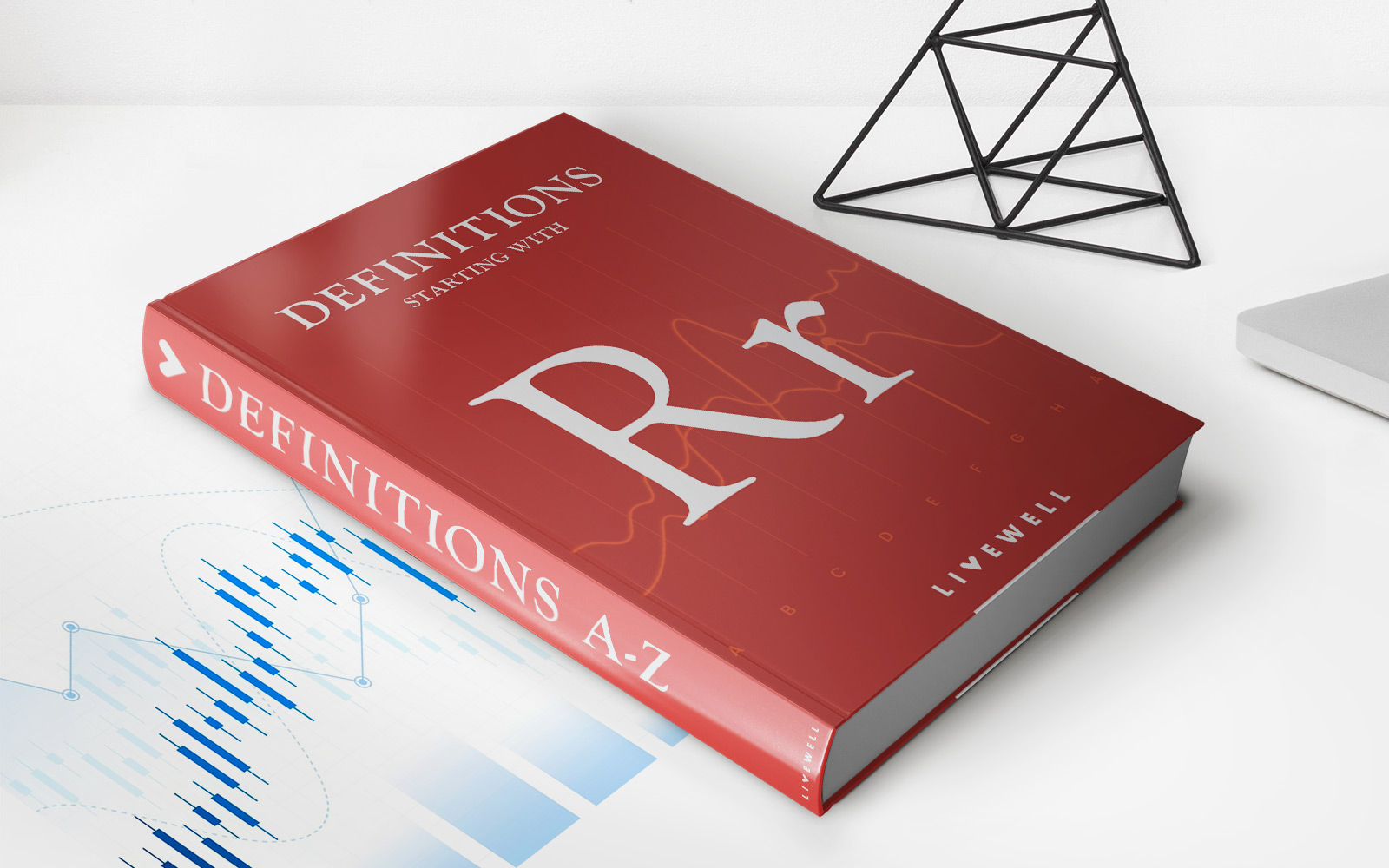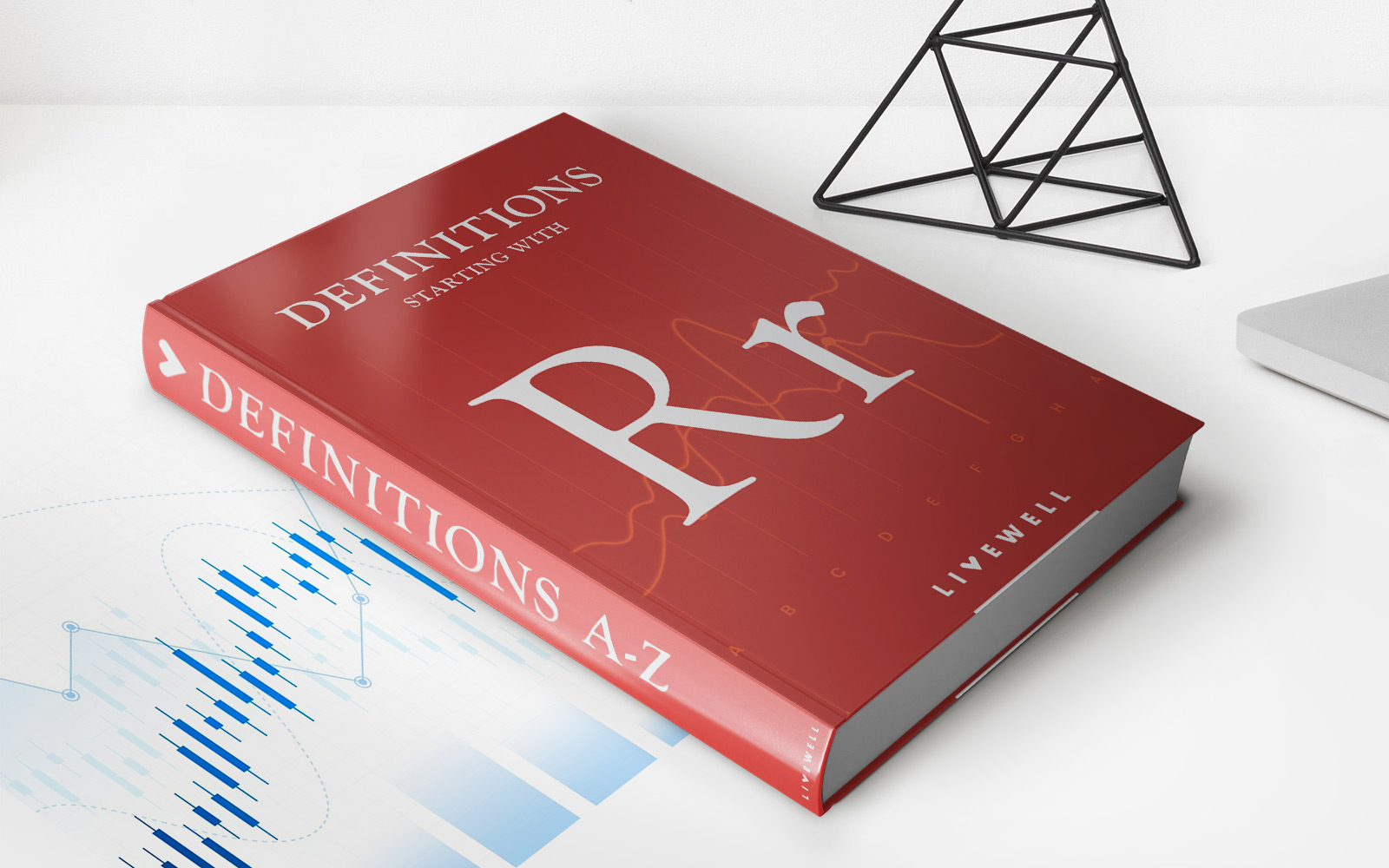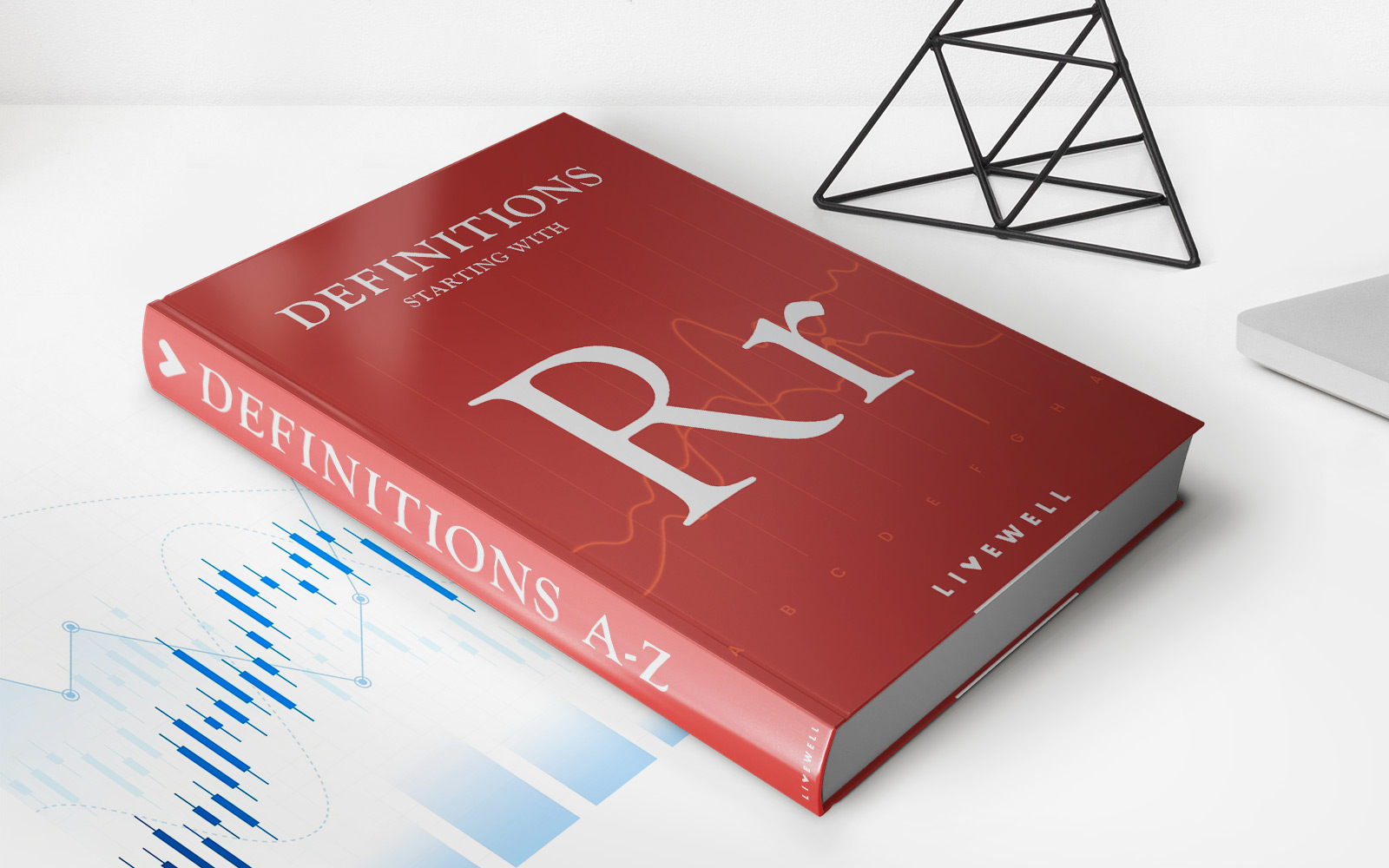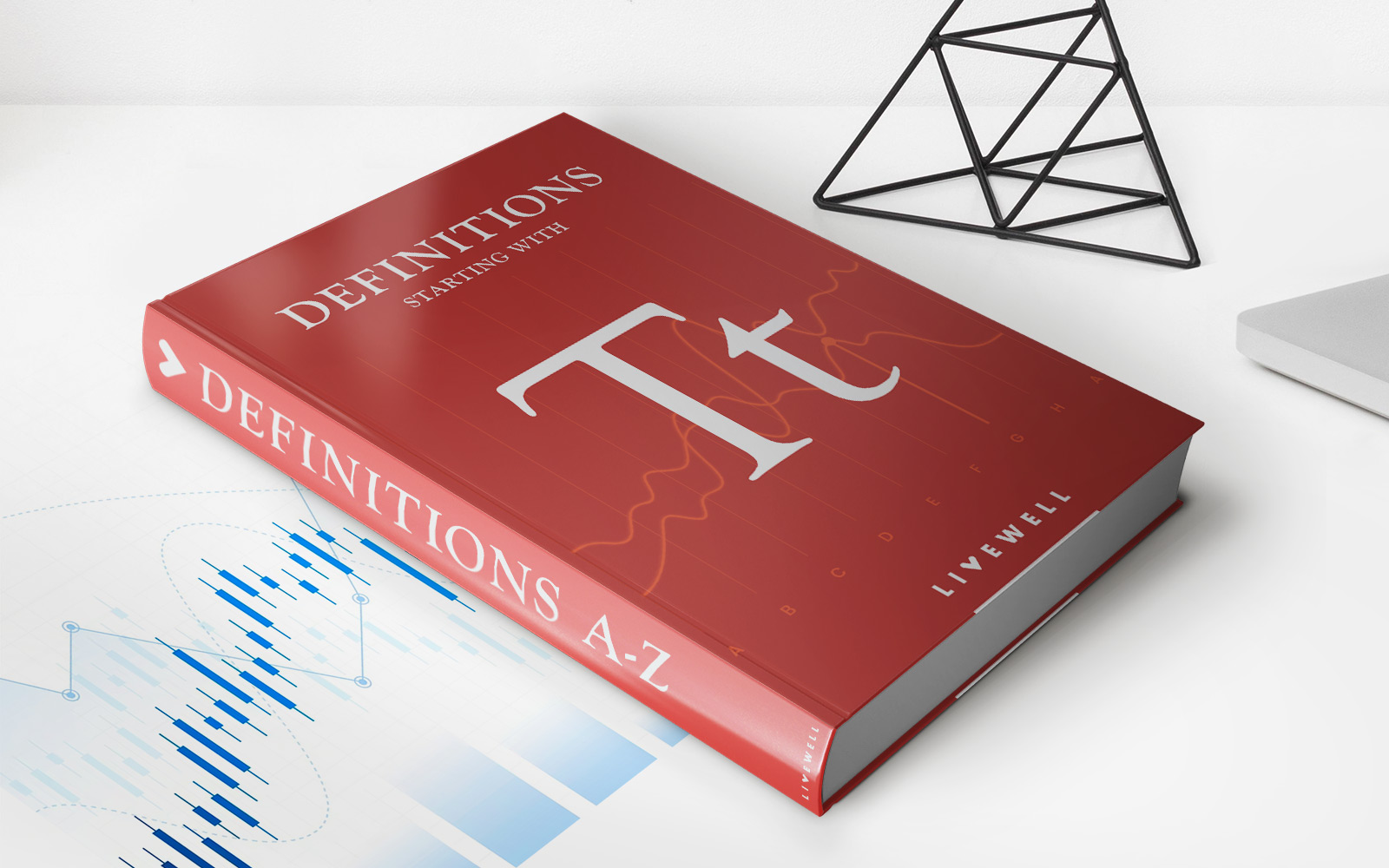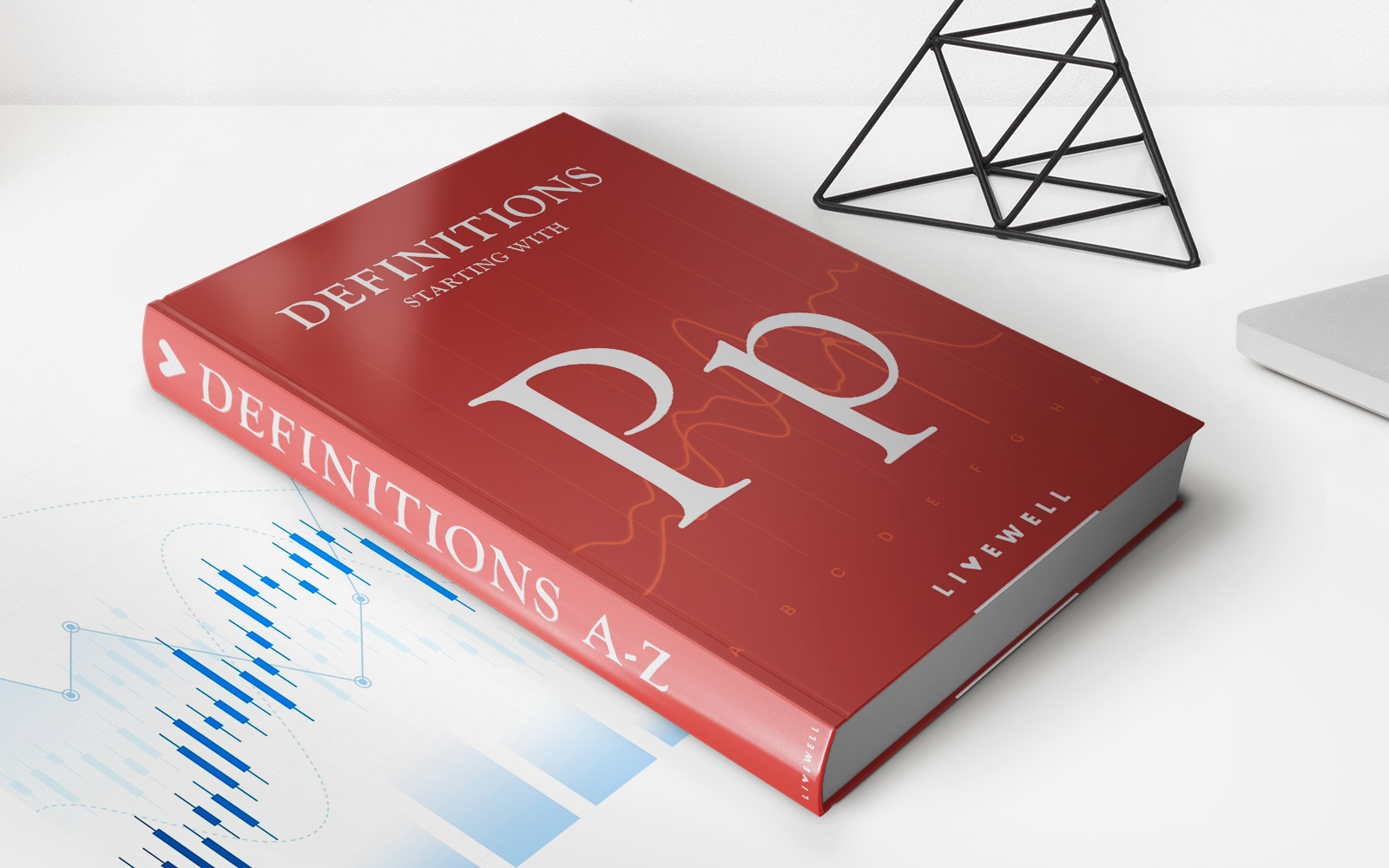Home>Finance>Facultative Reinsurance: Definition, Vs. Treaty Reinsurance
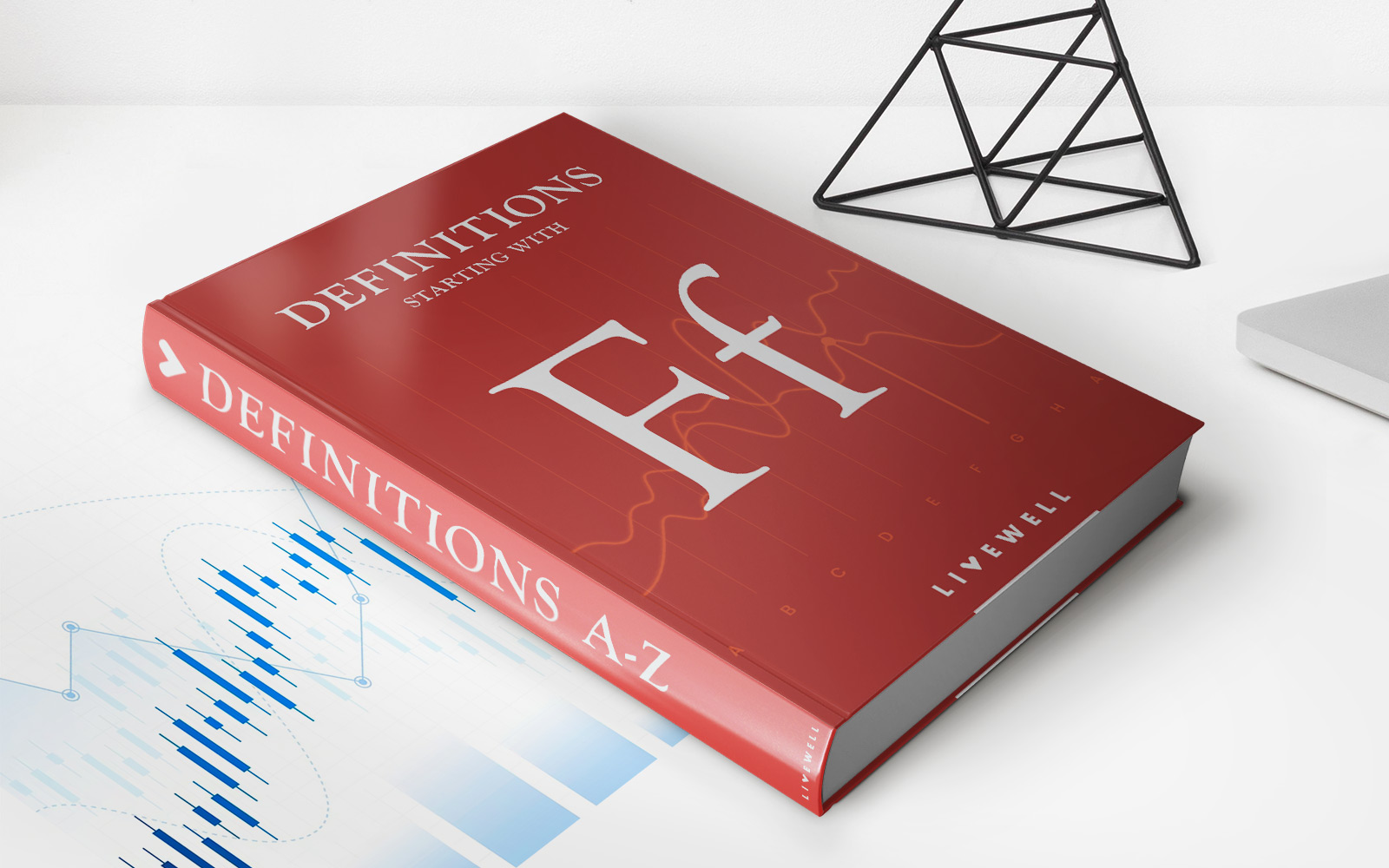

Finance
Facultative Reinsurance: Definition, Vs. Treaty Reinsurance
Published: November 22, 2023
Learn the definition of facultative reinsurance and how it differs from treaty reinsurance in the world of finance.
(Many of the links in this article redirect to a specific reviewed product. Your purchase of these products through affiliate links helps to generate commission for LiveWell, at no extra cost. Learn more)
Understanding Facultative Reinsurance: Definition, Vs. Treaty Reinsurance
Welcome to our “FINANCE” category blog post! In this article, we’ll dive into the world of reinsurance, focusing specifically on facultative reinsurance. Reinsurance plays a crucial role in the financial stability of insurers, and understanding its different types is essential for those in the finance industry. So, what exactly is facultative reinsurance, and how does it differ from treaty reinsurance? Let’s find out!
Key Takeaways:
- Facultative reinsurance provides coverage on a case-by-case basis for individual risks.
- Treaty reinsurance provides coverage for a broad portfolio of risks based on an agreement between the insurer and reinsurer.
What is Facultative Reinsurance?
Facultative reinsurance is a type of reinsurance where coverage is provided on a case-by-case basis for individual risks. In other words, it is custom-tailored coverage for specific policies that insurers want to transfer to a reinsurer. This allows the insurer to mitigate the risks associated with a particular policy, ensuring their financial stability.
Facultative reinsurance is different from treaty reinsurance, which provides coverage for a broad portfolio of risks based on an agreement between the insurer and reinsurer. While treaty reinsurance covers a predefined set of policies, facultative reinsurance provides flexibility and allows insurers to choose which risks they want to transfer.
Distinguishing Facultative Reinsurance from Treaty Reinsurance:
1. Process:
- Facultative Reinsurance: Under facultative reinsurance, the insurer sends individual policies to the reinsurer for evaluation and approval. The reinsurer then assesses the risk associated with each policy and decides whether to provide coverage.
- Treaty Reinsurance: Treaty reinsurance involves a prearranged agreement between the insurer and reinsurer that covers a specific portfolio of policies. The reinsurer agrees to provide coverage for a defined set of risks, and the insurer transfers a predetermined premium to the reinsurer for this coverage.
2. Flexibility:
- Facultative Reinsurance: With facultative reinsurance, insurers have the flexibility to select which individual risks they want to transfer. This allows them to carefully manage their exposure to potential losses.
- Treaty Reinsurance: Treaty reinsurance offers less flexibility as insurers enter into a contractual agreement to transfer a specified set of risks. This is beneficial when insurers want to transfer a large volume of policies without individually assessing each one.
3. Risk Assessment:
- Facultative Reinsurance: In facultative reinsurance, every individual policy is evaluated separately by the reinsurer. This allows for a more detailed risk assessment to determine appropriate terms and conditions for coverage.
- Treaty Reinsurance: With treaty reinsurance, the reinsurer evaluates the overall risk profile of the portfolio of policies rather than assessing each policy individually.
4. Premium Calculation:
- Facultative Reinsurance: The premium for facultative reinsurance is typically calculated based on the specific risk characteristics of each individual policy.
- Treaty Reinsurance: In treaty reinsurance, the premium is calculated based on the overall risk profile of the portfolio of policies covered under the agreement.
By understanding the differences between facultative reinsurance and treaty reinsurance, insurers can make informed decisions about their risk transfer strategies. Both types of reinsurance play important roles in the insurance industry, providing stability and protection against unforeseen events.
Key Takeaways:
- Facultative reinsurance provides coverage on a case-by-case basis for individual risks.
- Treaty reinsurance provides coverage for a broad portfolio of risks based on an agreement between the insurer and reinsurer.
Whether insurers choose facultative reinsurance or treaty reinsurance, both options offer valuable risk management solutions. It’s important for insurance professionals to carefully evaluate their needs and objectives to determine the most suitable reinsurance approach for their organization.
Stay tuned to our “FINANCE” category for more informative articles on various financial topics!



